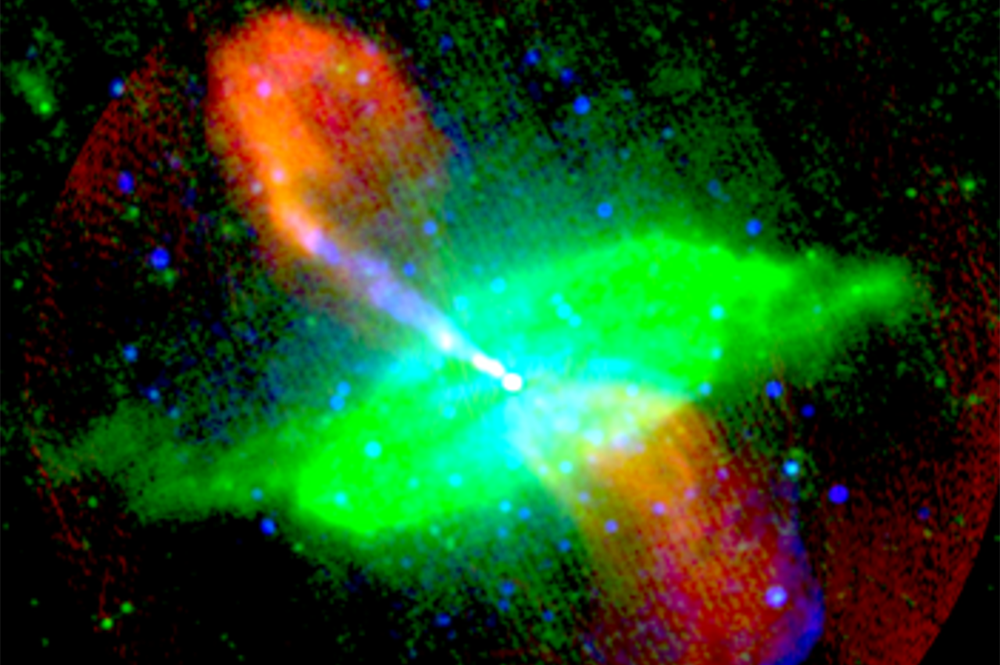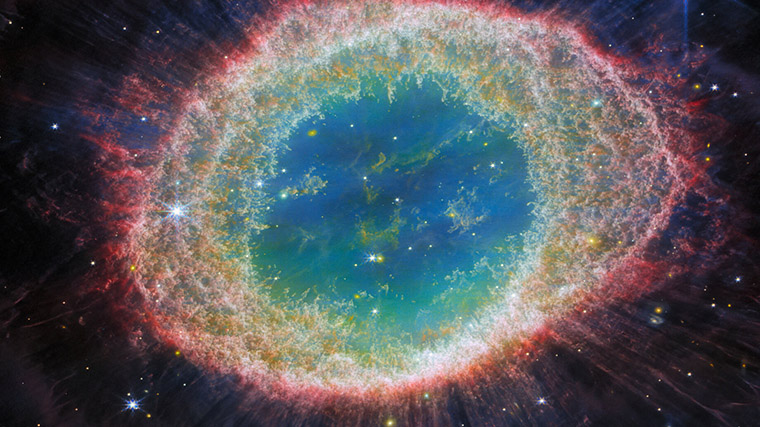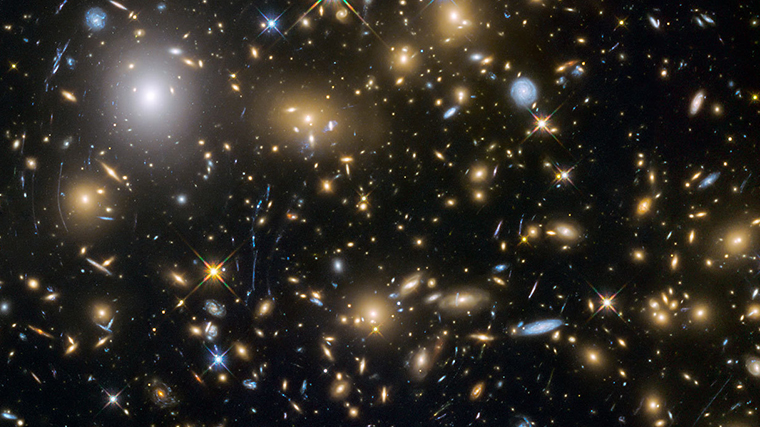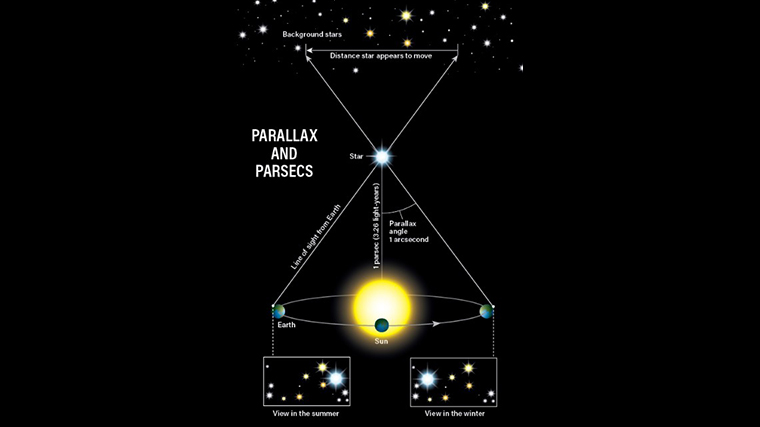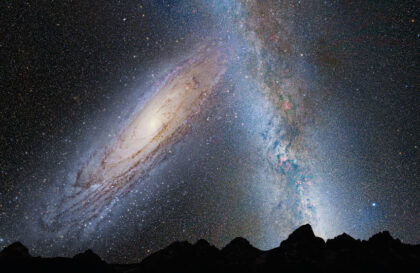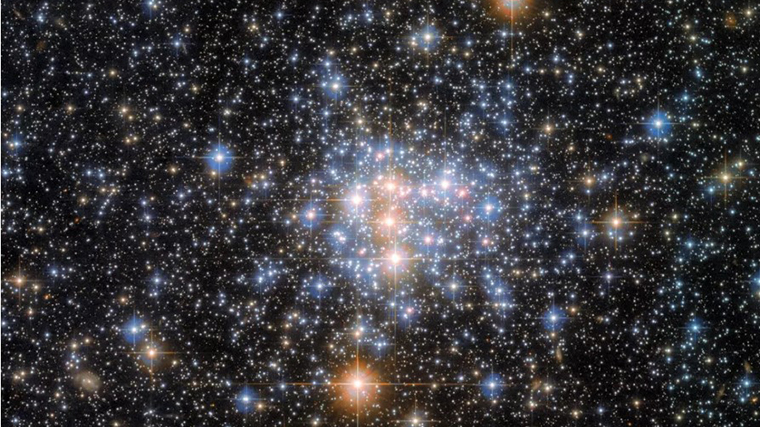The Milky Way is an unremarkable mid-range spiral galaxy.
The universe contains at least 2 trillion galaxies.
Galaxy IС 1101
IC 1101 is 1.045 billion light-years from Earth and is incredibly large. Her features are hidden in her core. This is probably a wall or a black hole of incredible size, which may be the largest in the universe. Its dark matter is disproportionate. It is a supergiant elliptical galaxy.
В нашей галактике около 250 миллиардов звезд, а в IC 1101 находится 1000 триллионов звезд. IC 1101 перенасыщена звездами. Ее диаметр составляет не менее 6 миллионов световых лет. Это в 60 раз больше Млечного Пути. Если бы IC 1101 заменил Млечный Путь, он охватывал бы Треугольник Андромеды, Большое и Малое Магеллановы Облака и все пространство между ними. Этот гигант – результат столкновения галактик.
The night sky is illuminated almost everywhere. But IC 1101 is so bright that it emits more than a quarter of all the light from the Abell 2029 galaxy cluster. The lack of radiomagnetic radiation prevents scientists from getting to know it more closely.
Radio galaxies. It doesn’t happen anymore
If we evaluate not only the apparent size of the galaxy but the entire “radio cocoon” of radio emission around them, it turns out that the galaxy reaches colossal proportions. It is these galaxies that hold the record.
To date, about 1000 giant radio galaxies have been discovered, but only 10 of them are more than 10 million light-years long.
Galaxy Alcyoneus
The Alcyoneus galaxy was discovered quite recently. The scientific publication was published in 2022. It is the largest galaxy known to date. The length of its radio jets reaches 16.43 million light years. This means that the light that travels from the Sun to the Earth in 8 minutes would fly through Alcyoneus for more than 16 million years. By comparison, the diameter of the Milky Way is just over 100,000 light-years. Alcyoneus is located 3 billion light-years from Earth in the constellation Lynx.
Ex-champion J1420-0545
Before the discovery of Alcyoneus, the giant radio galaxy J1420-0545 was considered the largest. Its size is 16 million light years. It is located on the border of the constellations Draco and Ursa Minor at a distance of approximately 2.3 billion light years. The optical light from this galaxy was initially not visible at all – the galaxy was immediately registered in the radio range. This was in 2008, and only in 2015 was optical photometry successfully carried out. It turned out that this is also an elliptical galaxy.
But the largest in the visible range is still IC 1101.
Given that the capabilities of ground-based telescopes are growing, in recent years, astronomers are increasingly discovering the “largest” galaxies. An interesting paradox.
Image credit:
https://moya-planeta.ru
https://kosmosgid.ru
